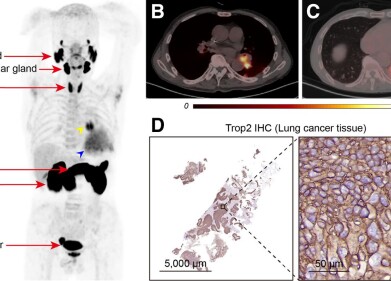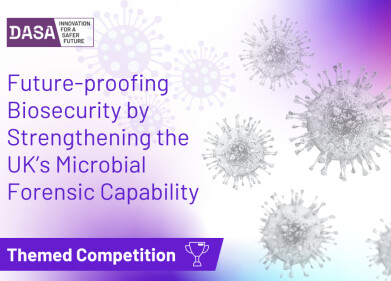-
 Caption: The ‘suicide complex’ ToxIN. Credit: Francesca Short.
Caption: The ‘suicide complex’ ToxIN. Credit: Francesca Short.
News & views
Lethal weapon: bacteria’s high-risk suicide strategy
Jan 14 2013
Research has shown that some bacterial cells carry a molecular ‘suicide complex’ to kill themselves in the event of lethal infection by viral parasites. Such ‘altruistic suicide’ prevents or limits viral replication and protects the rest of the bacterial population from subsequent infection. In the longer term, the discovery could be exploited to enable the development of new small molecule antibacterial drugs.
Bacteria accomplish this through a high-risk strategy in which their lethal weapon is kept to hand at all times, but is neutralised until viral infection of the bacterial cell triggers its release from inhibition.
The mechanism was discovered in the bacterial plant pathogen by researchers led by Professors George Salmond and Ben Luisi in the University of Cambridge’s Department of Biochemistry. Their work, reported in the journal Proceedings of the National Academy of Science (Dec) shows that a suicide complex, ToxIN, is not induced but exists all the time in the bacterial cell; to avoid killing the bacterial cell, it is held in a suppressed, inert form until viral infection triggers the release of a protein toxin (ToxN) from an RNA antitoxin (ToxI) partner. The toxin then causes the death of both the bacterium and the infecting virus.
The success of the antiviral system therefore depends heavily on maintaining a very strong inhibition or suppression of the toxin by its RNA antitoxin, to ensure that the host cell is not damaged in the absence of invading viruses or other stresses. Small RNAs have multiple essential roles in bacteria, but examples of naturally occurring RNA molecules that act as direct protein inhibitors are rare.
Professor George Salmond, deputy head at the Department of Biochemistry, said: “The results present a picture of ToxIN as an addictive, self-assembling – and potentially lethal – molecular machine, which can drive remarkable adaptive advantages in populations of bacterial hosts, including those under threat from lethal viral predation.”
The research, funded by the Biotechnology and Biological Sciences Research Council (BBSRC), explores the powerful ToxN-inhibiting activity of the ToxI RNA. It shows that the ToxI RNA ‘neutralises’ its toxin partner through the self-assembly of a triangular ToxI-ToxN macromolecular complex, previously observed by earlier BBSRC-funded crystallographic studies published in Nature Structural and Molecular Biology in 2011.
Digital Edition
Lab Asia 31.6 Dec 2024
December 2024
Chromatography Articles - Sustainable chromatography: Embracing software for greener methods Mass Spectrometry & Spectroscopy Articles - Solving industry challenges for phosphorus containi...
View all digital editions
Events
Jan 22 2025 Tokyo, Japan
Jan 22 2025 Birmingham, UK
Jan 25 2025 San Diego, CA, USA
Jan 27 2025 Dubai, UAE
Jan 29 2025 Tokyo, Japan


















